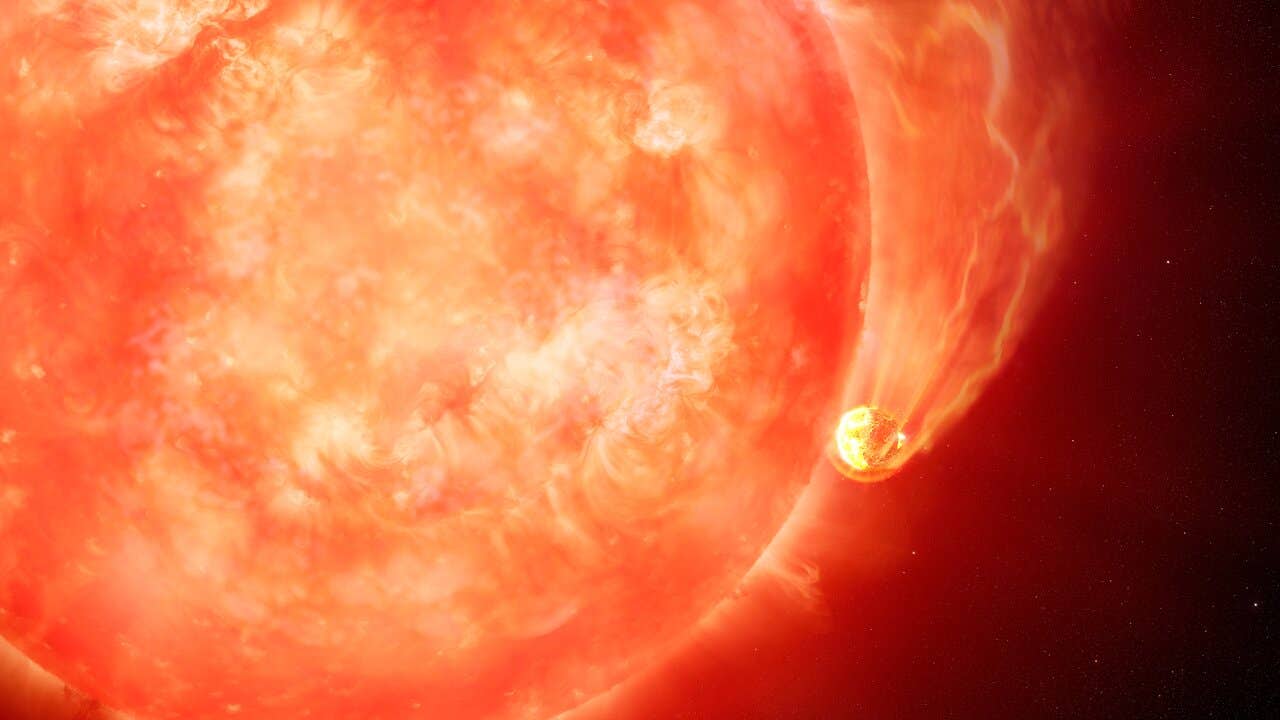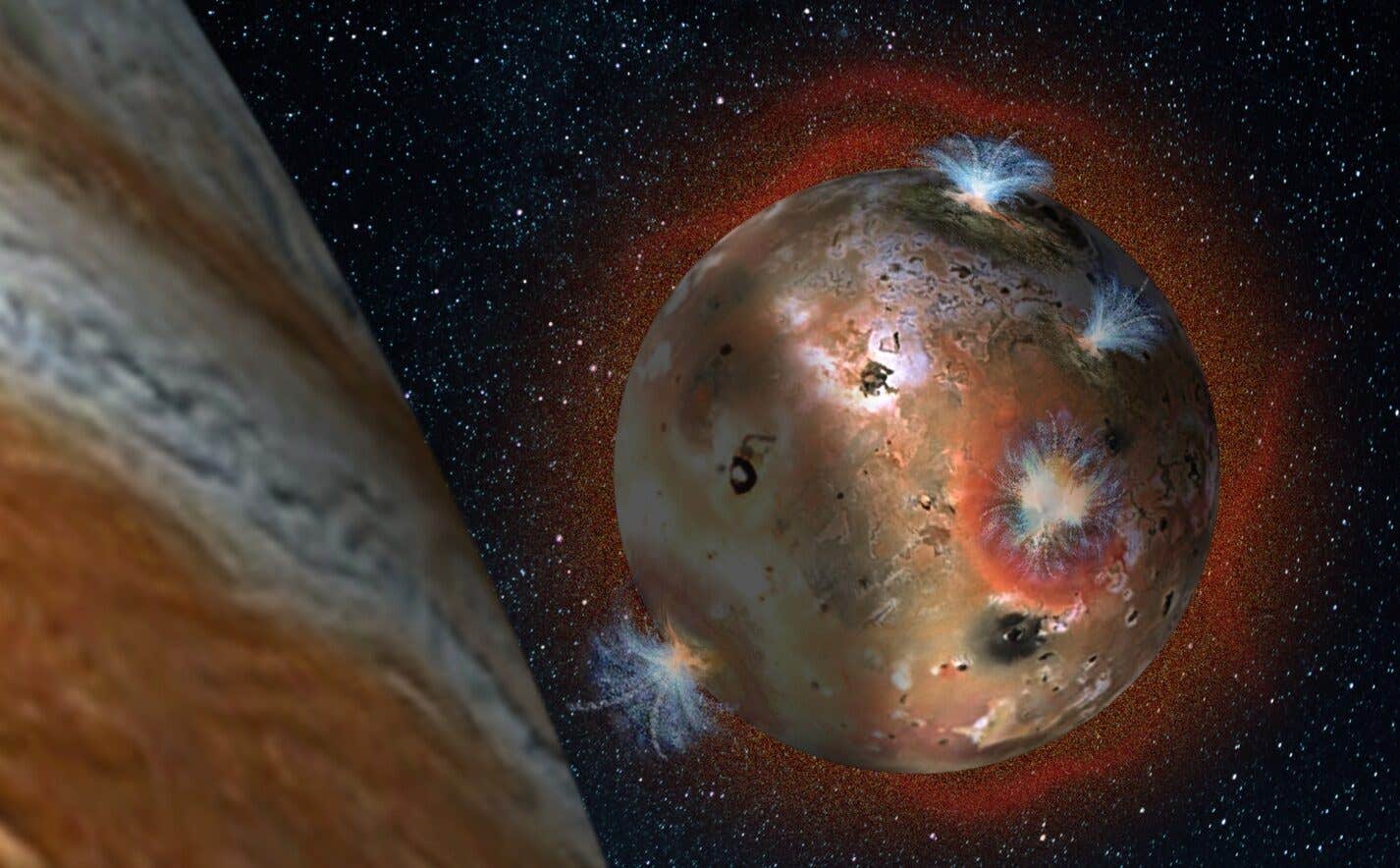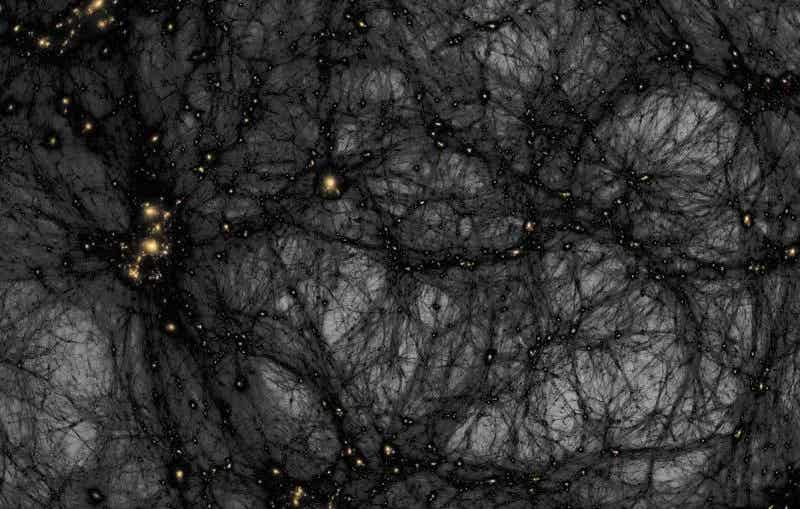Aging stars destroy their closest worlds far sooner than expected
Giant planets in tight orbit to their stars do not survive long once the stars begin to cool and grow.

 Edited By: Joseph Shavit
Edited By: Joseph Shavit

Astronomers using the Gemini South telescope in Chile, operated by NSF NOIRLab, have observed the first compelling evidence of a dying Sun-like star engulfing an exoplanet. (CREDIT: International Gemini Observatory/NOIRLab/NSF/AURA/M. Garlick/M. Zamani)
The quiet fear of losing your home is usually a human story, but in the sky, entire worlds may face something similar. As stars age and swell, the space around them shifts in ways that can destroy planets that once circled close and safe.
New research from teams at the University of Warwick and University College London shows that giant planets in tight orbit to their stars do not survive long once the stars begin to cool and grow. The discovery comes from a vast study of nearly half a million aging stars observed with NASA’s TESS mission, and it offers the clearest look yet at what happens to planets when their suns start to die.
You are probably familiar with the broad outline of how stars live. They spend most of their time burning hydrogen in a steady, balanced way. When that fuel runs low, their outer layers cool and stretch outward. That gentle swell, which seems almost peaceful from afar, changes the pull between the star and any planets nearby.
The team behind the new study found that the change happens early and hits hard, especially for planets that whip around their stars in less than two weeks. Those planets appear to slip inward, slow down, and vanish.
The Science Behind a Planet’s Final Days
As a star grows, its surface becomes more unstable and better at dragging on nearby planets through a tug called tidal interaction. If you picture how the Moon pulls at Earth’s oceans, you have the basic idea. A planet also pulls on its star, and when the star expands, the effect becomes stronger. The orbit of the planet shrinks bit by bit. For worlds in very tight orbits, that slow drift accelerates until the planet breaks apart or falls into the star.
Astronomers knew this could happen. They had even seen signs of it in a few main-sequence systems, such as the well known world WASP-12 b. But they could not tell how often planets disappear once a star leaves its stable phase. Earlier surveys lacked the reach and precision to capture planets around many sub-giants or early red giants. Some of those older searches were also limited by confusion over the masses of the stars, which made it unclear how strong the tidal forces should have been.
The TESS dataset changed that. During its extended mission, the spacecraft watched almost the entire sky and captured detailed light curves of hundreds of thousands of bright stars. Because the observations were not pre-selected, the data offered a rare, unbiased view of evolved stars.
A Record-Setting Sample of Aging Stars
Using updated measurements for stellar size and temperature, the research team identified more than 620,000 stars that had passed beyond their stable phase. After matching those stars with TESS data, they built a final sample of 456,941 evolved stars. Some were only beginning to swell; others had taken on the cooler and larger shape of early red giants.
Finding planets in this group was difficult. The transits of planets across such large stars take longer and sometimes vanish in the star’s natural brightness changes. The team flattened each light curve, filtered out noise, and used a box-shaped search to pinpoint possible dips.
Out of about 17,000 signals, only 130 survived the full chain of checks. Many were removed because they were actually binary stars hiding in the background or had shapes that did not align with true planets. The final group included 33 new planet candidates.
Stars Evolve Off Their Main Sequence
Lead author Dr. Edward Bryant of the University of Warwick said the findings matched what theory had long predicted but had not been proven at this scale. “This is strong evidence that as stars evolve off their main sequence, they can quickly cause planets to spiral into them and be destroyed,” he said. He added that the team was surprised by how efficient the destruction seemed to be.
When the researchers looked only at stars that had already expanded into red giants, the picture sharpened. The odds of finding a giant planet in a tight orbit around a red giant dropped to 0.11 percent, which is roughly three times lower than the rate around regular stars. That decline was steepest for planets with the shortest periods. For orbits under eight days, the planets were nearly always missing.
Co-author Dr. Vincent Van Eylen of UCL explained what this might mean for the far future of our own solar system. He noted that Mercury and Venus will almost certainly not survive the Sun’s red giant phase. Earth has a better chance of staying intact, but he added that its surface would not remain suitable for life.
New Clarity on How Planetary Systems Evolve
The pattern revealed by TESS shows that destruction begins early, long before a star reaches its largest size. Even modest growth in a star’s radius appears to be enough to pull giant planets inward. The steady trend across both sub-giants and early red giants points toward a gradual but relentless erasure of the closest worlds.
This clarity gives theorists a better way to refine models of tidal physics. Any successful model must now explain not only how planets die but how quickly the process starts. Dr. Bryant noted that learning the masses of the surviving planets may help explain why some hold on while others do not.
For now, the results add a personal dimension to the science. When you look at planets in short orbits around Sun-like stars today, many are living on borrowed time. They circle tightly in the warmth of a star that seems steady, but their future may already be set.
Research findings are available online in the journal Monthly Notices of the Royal Astronomical Society.
Related Stories
- Is interstellar object 3I/ATLAS an alien probe? Harvard physicist sparks debate
- Scientists link dark energy to alien life in the multiverse
- Scientists propose simple new way to spot alien life in the universe
Like these kind of feel good stories? Get The Brighter Side of News' newsletter.
Joshua Shavit
Science & Technology Writer and Editor
Joshua Shavit is a Los Angeles-based science and technology writer with a passion for exploring the breakthroughs shaping the future. As a co-founder of The Brighter Side of News, he focuses on positive and transformative advancements in AI, technology, physics, engineering, robotics and space science. Joshua is currently working towards a Bachelor of Science in Business and Industrial Engineering at the University of California, Berkeley. He combines his academic background with a talent for storytelling, making complex scientific discoveries engaging and accessible. His work highlights the innovators behind the ideas, bringing readers closer to the people driving progress.



